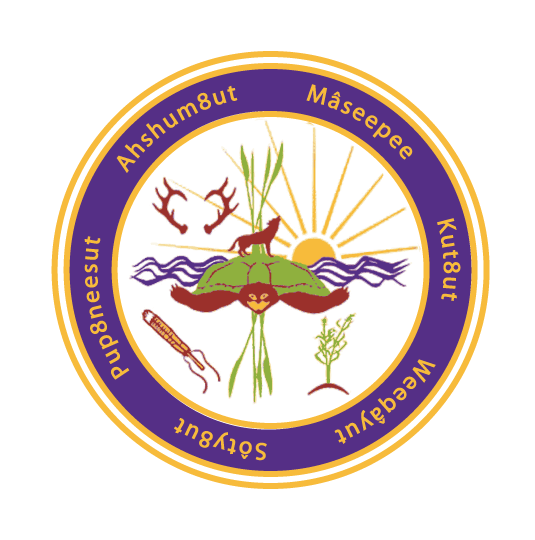This writer ponders her family's Wampanoag past; she wishes that she could be down near the waters of the Mashpee Wampanoag; specifically, she would like to be near the Wampanoag Museum where her grandparents, George and Mabel L. Avant, once lived many moons ago. It would again give such joy to watch the Herring Run and possibly catch some.
Research tells us that the herring have been here for centuries (so have we). Their journey is paramount. They leave the Atlantic Ocean and swim over here to the rivers that have freshwater, then on out to Wakeby Lake and Santuit Ponds where a single female produces 60,000 to 300,000 eggs, then back to the ocean.
About seventy years ago, we Mashpee Wampanoags learned how to take care of the river near the museum. You could not get in the river, and you better not put trash in it. Then, the herring were so many that you chose to lay down on the river edge and grab a herring out or use your herring net. We got plenty for everyone.
Grandpa (George E. Avant) was watching; if you disrespected the river area and parking lot, he would holler out the front door, "Get out of the River," and you did just that and left. I learned later in life that there are two types of herring called Alwife and Blueback.
Russell M. Peters (Fast Turtle), author of 'the Wampanoags of Mashpee' 1987 has a story for you. He tells us that herring was called Mashpee Turkey." After the first herring appeared, it was only a few weeks when millions of herring darkened the river, struggling to get to the lake to lay their eggs.
At this time, an enterprising young person could catch egg-laden females. They would cut out soft pink to deep orange-colored eggs called roe and put them in glass jars. The roe sold for twenty-five cents a quart. Mashpee folk called the roe "Mashpee Caviar" and ate them at breakfast.
Wampanoag also learned to preserve the herring by salting them in the sun for two or three days. This curing process is called "corning ." The fish are hung on sticks carefully and placed in a smokehouse where hickory, cherry, and apple chips burned.
Mashpee folk ate herring in many different ways. There was herring and dumplings, baked herring, fried herring, stewed herring, and pickled herring.
I can see Eddie B. Amos, Tom Mingo, Willard Pocknett, or Carl Avant scooping up herring and preparing them for the smokehouse as I look back.
I'm writing this on March 27, and I just got a call from Rabbit Clan Mother(Marlene Lopez )that she was down near the river and saw a couple of herring. Yeah! They are running but not like they usta. "Once the river was black. I could catch them with my hands when I was young. Now most are gone, which makes me sad". (Daniel Tavares-Eagle Feather- 1/20/19 Mittark.)
"Vernon Pocknett- Sly Fox-(1934-1999) said, 'We don't take herring past the bridge. It's a sort of respect if the herring make it that far let them go." (1998).
"Where the river flows through the forest and sings home early, as it empties to the sea, in my heart there comes a longing where I stand in deep reverie. When I think of old traditions, ah the things that used to be, but beseech thee oh my tribesmen, our traditions not to forget." Her spirit is with me.
By Aunt Joan Avant Tavares, Deer Clan Mother




